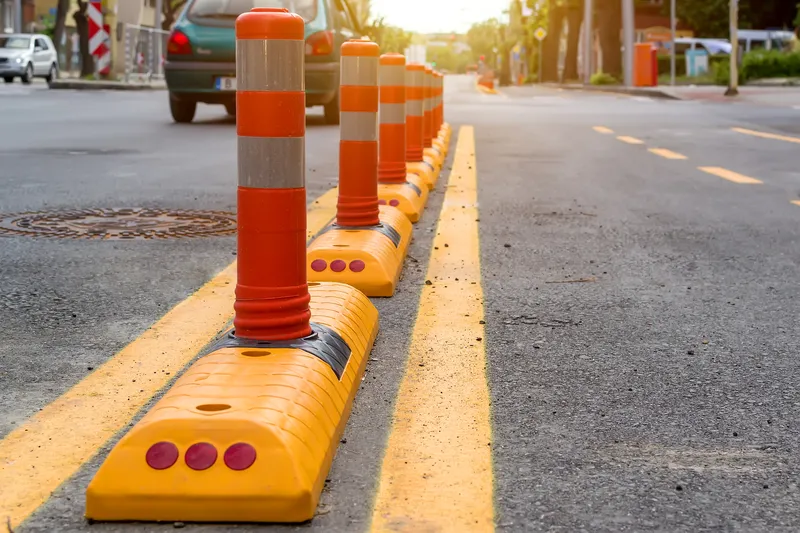
Experts in the European Union Road Federation (ERF) working group of road signs have developed a practical guide for a quick inspection of signs that includes a checklist.
The ERF is recommending that the guide and checklist - downloadable for free here - is included in any existing tools for road safety inspection and audits that road agencies may have. Converted to a smart phone application, a digital checklist can automatically issue reports with pictures and geolocation data.
Thorough road sign inspections are more than ever a critical part of highway maintenance, notes the ERF, which is based in Brussels, Belgium. Clearly-seen and up-to-date signage is important for both human and advanced driver-assistance systems (ADAS).
Through a human-machine interface, ADAS increases vehicle and road safety by using automated technology, such as sensors and cameras, to detect nearby obstacles or driver errors, and can respond accordingly. ADAS can enable various levels of autonomous driving.
The European Union’s road safety initiatives led to a substantial decrease in fatalities, from 51,400 in 2001 to 19,800 in 2021. However, while the number of road deaths was halved during the first decade, progress later stagnated. In 2021, fatalities increased by 6% compared to 2020, indicating the need for renewed efforts.
In its 2020 Sustainable and Smart Mobility Strategy, the European Commission confirmed its goal of achieving zero road fatalities by 2050 - the Vision Zero objective - and halving the number of fatalities by 2030 compared to 2019 figures.
In January 2023, the Commission issued guidelines on the methodology for assessing road infrastructure safety. The guidelines noted that it is essential to evaluate whether road signs are placed at the most critical points of the road, such as upstream of intersections and curves. But they must also be immediately readable and understood by a driver.
A report by the European Court of Auditors, released in March 2024, acknowledged progress in EU road safety. However, it stressed that EU member states needed to be more serious about the widely-adopted 'safe system' approach, a strategy to improve road safety. Otherwise, “halving fatalities and serious injuries between 2020 and 2030 and of getting both close to zero by 2050 are unlikely to be reached”. The ERF guidelines follow on from these indications by the European Court of Auditors that more needs to be done to ensure that signs are readable.
The European Union Road Federation is a non-profit association which coordinates the views of Europe’s road infrastructure sector and acts as a platform for research and dialogue on mobility issues between stakeholders and institutional players. The organisation’s working group on signs advocates for the correct deployment of signs ensuring their visibility and recognisability during daytime, night-time, bad weather conditions and also to facilitate driving conditions for an ageing population. The guiding strategy is the safe road approach, adopted in many countries.
According to US Department of Transportation, the approach works by building and reinforcing multiple layers of protection to both prevent crashes from happening in the first place and minimise the harm caused to those involved when crashes do occur. The safe roads approach differs from a conventional safety approach because it focuses on human mistakes as well as human vulnerability. Notably, safe roads will design a system with many redundancies in order to protect all road users - drivers, cyclists and pedestrians.
It is understood that all elements of a road network, from vehicles, infrastructure and speed limits to road users and post-crash care, must act together as one to minimise the chance of a crash and to prevent death or serious injury.
According to Brake, a UK road safety charity, road agencies can create self-explaining roads as part of the safe roads subsection. Self-explaining roads are designed so that the driver is aware of what is expected of them and behaves appropriately. Each class of road is immediately recognisable and understood, with its own carriageway width, road markings, signage and street lighting consistent throughout the route. The simplicity and consistency of the road’s design reduces driver stress and driver error, says the charity.
Self-explaining roads also emphasise a proactive approach to road safety, with improvements made to improve both the actual and perceived risks of road safety. Crash hot spots are identified and engineering measures taken to remedy them, such as improving road surfaces, removing roadside obstacles to vision, or installing traffic lights. This is where the ERF guidelines and check list come in.







